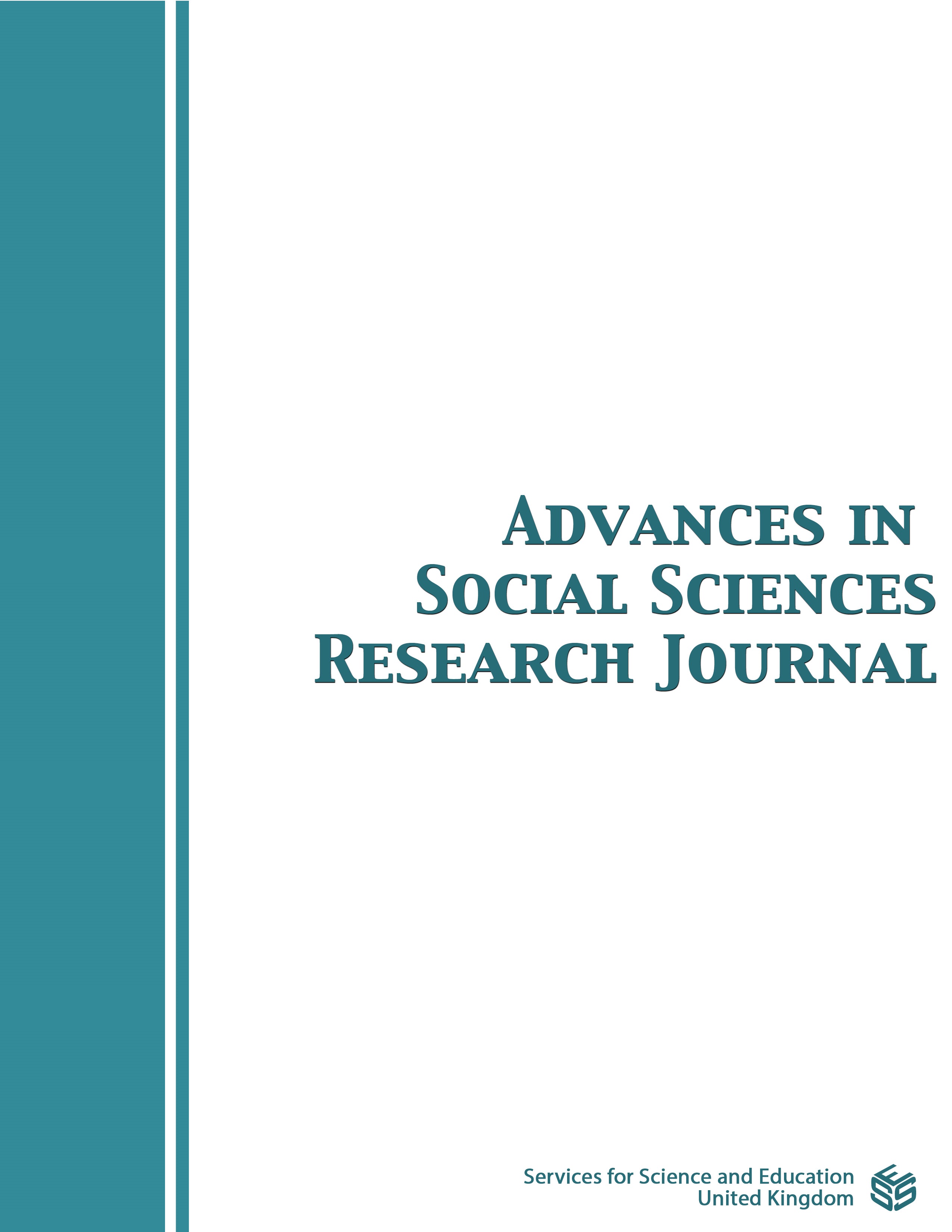Role of Technology Access and Technical Self-Efficacy Towards Lecturers’ Readiness in Blended Learning
DOI:
https://doi.org/10.14738/assrj.88.10684Abstract
Landscape of classroom teaching and learnings has changed Integrating information and communication technology (ICT) as a source of blended teaching and learning, either in the classroom or outside the classroom, has become one of the evolutions in classroom learning. To be part of this evolution, UTMSPACE has started to implement blended learning in teaching and learning. Therefore, the study intended to examine the readiness of UTMSPACE lecturers towards the implementation of blended learning and to explore the current practice of blended learning among the lecturers. The findings confirmed the lecturers’ readiness for blended learning implementation.
This study also examines how personal factors affected the success of e-learning systems and provided better results. Structural equation models on the data of 101 targeted respondents showed that online communication self-efficacy, attitude, and online media are the multiple mediators between the technology access and technical usage self-efficacy and lead to increased blended learning readiness among the lecturers at UTMSPACE. It appears that despite technological factors, the lecturers with a high belief in their ability and attitude are more prepared to adopt the alternative ways of teaching and learning as they gain more experience.
Keywords: Blended learning, UTMSPACE, readiness.
Downloads
Published
How to Cite
Issue
Section
License
Copyright (c) 2021 SYARIFAH RABIYAH AL ADAWIAH

This work is licensed under a Creative Commons Attribution 4.0 International License.
Authors wishing to include figures, tables, or text passages that have already been published elsewhere are required to obtain permission from the copyright owner(s) for both the print and online format and to include evidence that such permission has been granted when submitting their papers. Any material received without such evidence will be assumed to originate from the authors.






